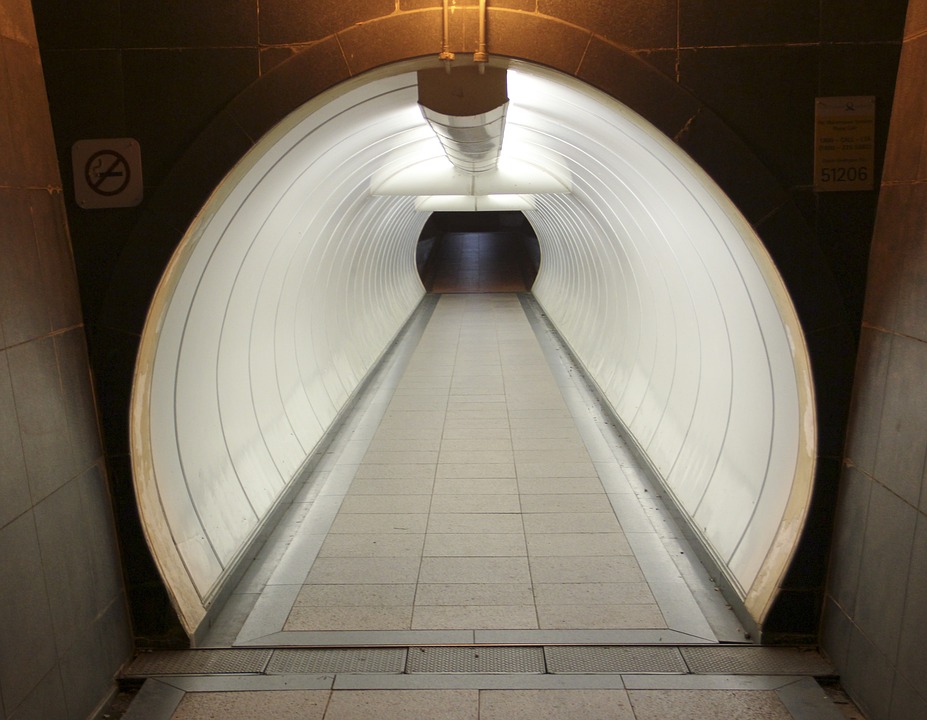Demystifying the strategic infrastructure planning process
Contents |
[edit] Introduction
How well is the National Infrastructure Commission (NIC) geared up to meet future challenges?
[edit] Making sense of the process
When it comes to developing strategic national infrastructure system interventions, how would you identify what’s needed? And given finite resources, how would you go about prioritising those interventions?
The challenge is further complicated by the long timescales involved in delivering most strategic infrastructure interventions and the high costs (and benefits) at stake. Get it wrong, and the effect is multiplied through:
- The upfront cost you’ll never get back (from planning or aborted construction).
- The increased cost of other ‘needs’ left unaddressed (e.g. the existing bridge left unmaintained).
- The opportunity cost from missing out on the benefits of the interventions you deprioritised.
Strategic infrastructure planning processes aim to overcome that uncertainty. They identify, plan and prioritise a package of interventions to ensure the infrastructure system delivers sustainable outcomes far into the future.
[edit] The current process for strategic infrastructure planning in the UK
In 2015, a new NIC was set up to take the guesswork out of strategic infrastructure decision making and recalibrate infrastructure planning towards future need.
The NIC assesses the UK’s infrastructure system every five years. It provides independent and expert advice to decision makers on the interventions needed within a five-yearly cycle to evolve the system to meet future requirements. This came in the shape of a National Infrastructure Assessment in 2018.
The Government has since taken that advice and outlined how the recommendations will be made a reality; this was set out in the National Infrastructure Strategy published in November 2020.
[edit] Why was this process established?
In the mid-2010s, the UK was close to - or already over - capacity across infrastructure networks such as transport and energy. In turn, this capacity crunch was serving as a drag on investment and economic growth. Additionally, several assets were nearing the end of life and would require replacements or upgrades.
Several reviews pinpointed poor infrastructure planning, policy reversals, a lack of cross-party consensus and political indecision as inhibitors of the long-term stable investment required to avoid this situation altogether. ICE Past-President Sir John Armitt conducted the most notable of these reviews for the Labour Party, which outlined an independent, evidence-led commission and a rigorous decision making process as the best solution.
Upon election in 2015, the Conservative Party led by David Cameron swiftly adopted the idea. It went about putting in place the framework for this new approach.
[edit] Reviewing the process for UK strategic infrastructure planning
Since the NIC was created, the UK has signed up to achieving challenges such as the 2030 Sustainable Development Goals and net zero carbon target. Both will require significant, timely and strategic interventions in the infrastructure system.
Additionally, the aftermath of the COVID-19 pandemic may bring changes in how we live and work, requiring greater flexibility in the infrastructure system. Is the current process for strategic infrastructure planning geared up to address these future challenges? ICE has published a discussion paper that examines this question.
This article originally appeared on The Infrastructure Blog portion of the ICE website under the headline, 'Demystifying the strategic infrastructure planning process in the UK'. It was written by Chris Richards, ICE Policy Director and published on 12 April 2021.
--The Institution of Civil Engineers
[edit] Related articles on Designing Buildings
- Government publishes UK infrastructure strategy.
- ICE articles.
- National Infrastructure Assessment 2018.
- National Infrastructure Commission NIC.
- National infrastructure plan.
- National Infrastructure Strategy.
- New deal for infrastructure 2020.
- Place infrastructure at the heart of economic policy.
- Post-Brexit vision for construction.
- Osborne launches National Infrastructure Commission.
- Safeguarding infrastructure post-Brexit.
- What should be in the National Infrastructure Strategy?
[edit] External resources
Featured articles and news
International Electrician Day, 10 June 2025
Celebrating the role of electrical engineers from André-Marie Amperè, today and for the future.
New guide for clients launched at Houses of Parliament
'There has never been a more important time for clients to step up and ...ask the right questions'
The impact of recycled slate tiles
Innovation across the decades.
EPC changes for existing buildings
Changes and their context as the new RdSAP methodology comes into use from 15 June.
Skills England publishes Sector skills needs assessments
Priority areas relating to the built environment highlighted and described in brief.
BSRIA HVAC Market Watch - May 2025 Edition
Heat Pump Market Outlook: Policy, Performance & Refrigerant Trends for 2025–2028.
Committing to EDI in construction with CIOB
Built Environment professional bodies deepen commitment to EDI with two new signatories: CIAT and CICES.
Government Grenfell progress report at a glance
Line by line recomendation overview, with links to more details.
An engaging and lively review of his professional life.
Sustainable heating for listed buildings
A problem that needs to be approached intelligently.
50th Golden anniversary ECA Edmundson apprentice award
Deadline for entries has been extended to Friday 27 June, so don't miss out!
CIAT at the London Festival of Architecture
Designing for Everyone: Breaking Barriers in Inclusive Architecture.
Mixed reactions to apprenticeship and skills reform 2025
A 'welcome shift' for some and a 'backwards step' for others.
Licensing construction in the UK
As the latest report and proposal to licence builders reaches Parliament.
Building Safety Alliance golden thread guidance
Extensive excel checklist of information with guidance document freely accessible.
Fair Payment Code and other payment initiatives
For fair and late payments, need to work together to add value.
Pre-planning delivery programmes and delay penalties
Proposed for housebuilders in government reform: Speeding Up Build Out.
High street health: converting a building for healthcare uses
The benefits of health centres acting as new anchor sites in the high street.


























